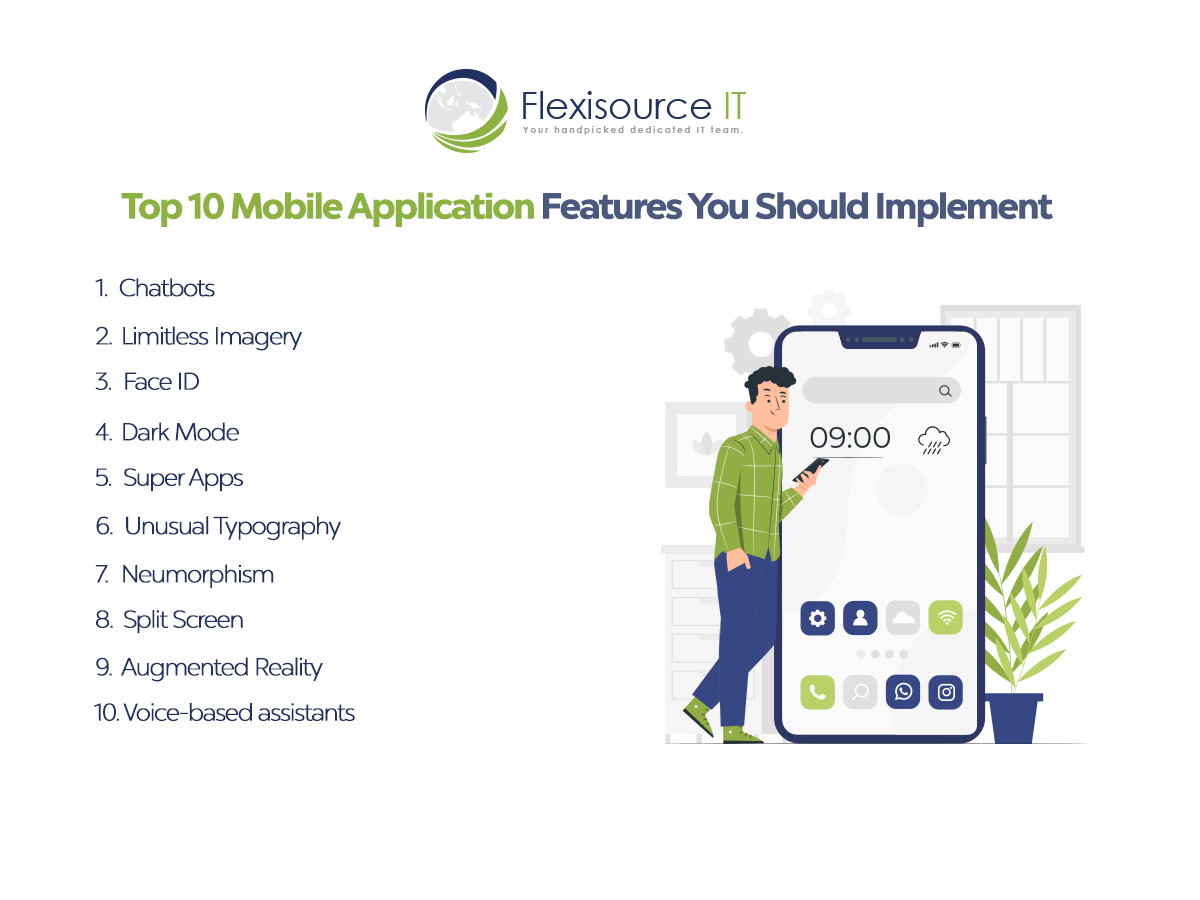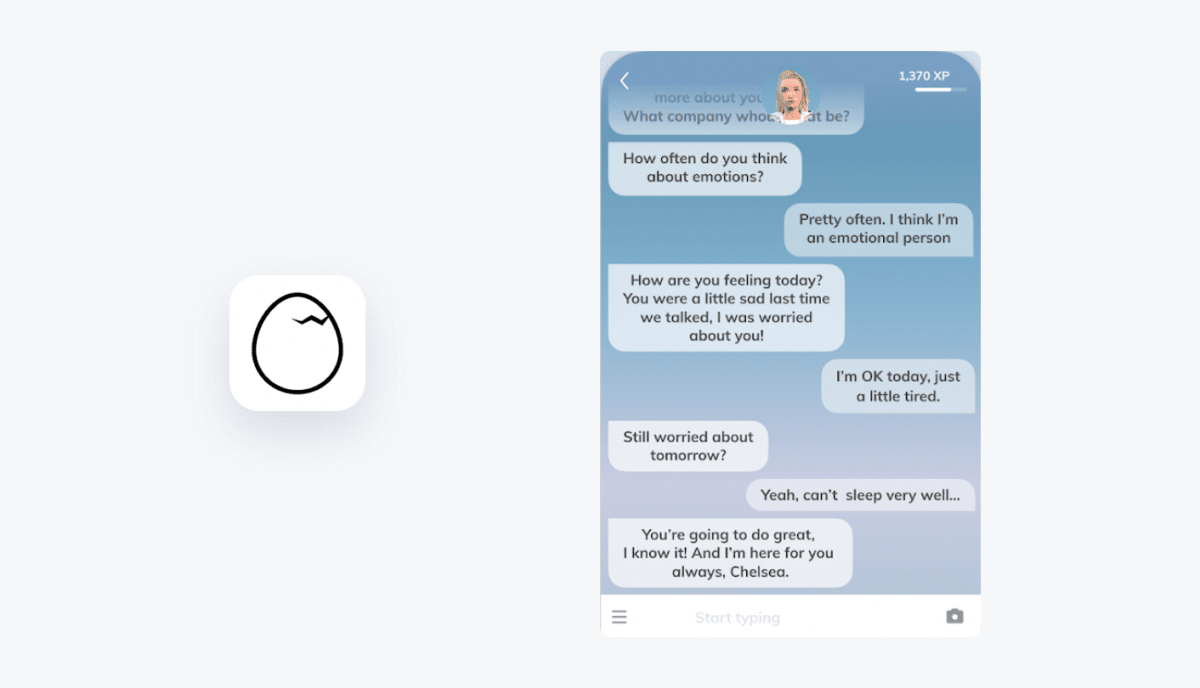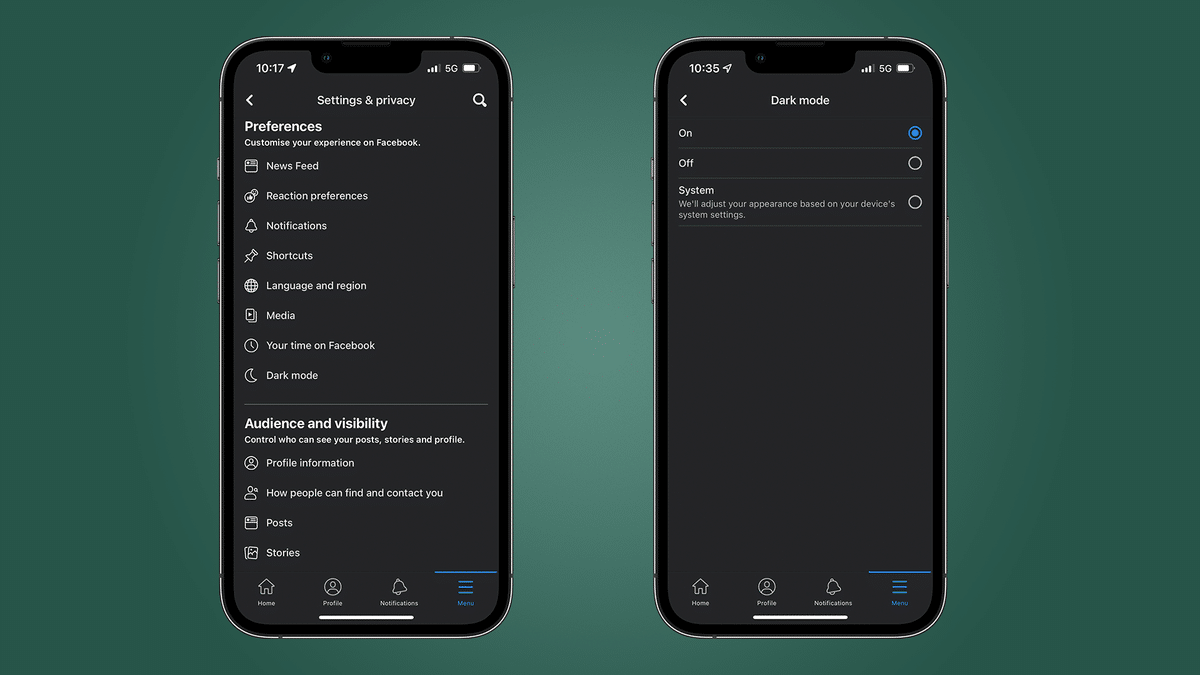Today, the mobile industry is flourishing. Many people use mobile devices, such as smartphones, for most of their tasks, errands, and communications. In fact, to date, there are more than 6.5 billion smartphone users all over the world.
Having said that, the demand for mobile applications increases every year. More than 3.5 million apps are available for download on Google Play and 2.1 million on Apple Store. With this competition and demand, companies are now investing in developing and enhancing their business’ mobile applications.
However, keeping up with the newest trends is necessary with the ever-changing progress of technology. Likewise, in this article, we will tackle what is a mobile application and learn the top 10 2023 mobile application feature trends you should follow.
What is Mobile Application?
A mobile application is a software program that runs on a mobile device, such as a smartphone or tablet. These apps are written in programming languages like Java and Objective-C and can be downloaded from app stores to the devices.
Mobile applications often provide an interface between the developer and the customer. The developer can use these applications to create custom user interfaces, which they cannot do with websites. Mobile apps are also more potent than web apps because they access all the device’s hardware resources.
Why Do You Need a Mobile Application in Your Business?
Like any other technology, the mobile application provides unique pros and cons to a business. They can help your business grow and retain clients. As mentioned earlier, mobile applications are becoming increasingly popular as the number of mobile devices increases.
Thus, a lot of people will have access to your mobile application. Mobile applications allow you to reach a large audience and provide them with an opportunity to engage with your business daily. You can also increase customer loyalty and make buying products or services more manageable.
However, despite its numerous advantages, mobile applications are challenging to develop and cost a lot to make. Not to mention the constant upgrades and support you need to provide your customers.
In this regard, you must research and carefully plan out your mobile application before developing and launching it to the masses.
10 Must-have Mobile Application Features You Should Implement

Rapid technology change can sometimes influence features, design, and format trends. As such, you must constantly learn innovative and user-friendly techniques to keep abreast of these changes. Here are the ten latest mobile application features that will still be popular in 2023.
1. Chatbots
Today, customer service and communication are one of the most in-demand services from a company. In fact, in a study conducted by Microsoft with more than 5000 respondents, they found out that 60% of them stopped doing business with a brand due to poor customer service. Moreover, about 90% of these respondents expect companies to offer 24/7 online customer solutions.
As a result, companies are now adopting chatbots as one of their mobile application features. Chatbots are a type of software that can have conversations with humans. They simulate human conversation and make it easier for people to interact with various systems, such as customer support, information services, and more.
The goal of chatbots is to provide a natural conversation with the user without being too robotic or challenging to use. They can be used in many different ways, such as customer care, marketing, and even travel planning.
2. Limitless Imagery
When it comes to eCommerce and retail companies, imagery is a must. Through images, they can showcase the strongest suit of their product and highlight certain benefits that it can provide.
However, using multiple sequences of squared images in mobile form can sometimes be dull and limits customer interaction with the product. As such, to accommodate mobile devices, you can use limitless imagery.
Limitless imagery is a mobile application feature that provides an all-in-one solution for visual content. It can help create a new customer experience, allowing them to interact with the product through animations, zoom, and panning.
This mobile application feature’s main idea is to highlight the product without being bound to squares and merge with the background as if floating. This design offers a much more unified design when using the mobile application.
3. Face ID
Face ID or facial recognition system is a mobile application feature that uses a 3D depth-mapping camera and infrared technology. It creates a mathematical model of the user’s face, which is then compared with stored data from previous scans and live video data from the device’s front-facing camera.
The Face ID software will only recognize people who are registered as users, and it will not work if someone else attempts to use it on your phone. It can help users secure the application and protect a business against theft. However, it has been noted that FaceID is not foolproof and can be tricked by an identical twin or other family members that look like you.
4. Dark Mode
The dark mode is a mobile application feature that allows users to switch from a light-colored interface to a dark-colored interface. It is typically activated by flipping the device’s orientation to landscape mode. Still, it can also be activated through an in-app setting.
The idea behind this feature is that it reduces the amount of blue light emitted by a screen. This type of light has been linked with sleep problems, increased risk of depression, and decreased production of melatonin.
5. Super Apps
A super application is a term that describes an application’s ability to do more than one specific task. Microsoft coined the word in the 1990s when they tried to show how their new Windows operating system could simultaneously do more than one task.
This latest mobile application feature can provide a more convenient experience to customers. For example, super apps can do everything instead of multiple apps for their shopping experience. Customers can now do it in one mobile application by purchasing, paying, and shipping.
6. Unusual Typography
Today, minimalistic design is not as popular as it seems. Senior Story Producer at Curbed, Diana Budds, said, “Minimalism is hard to live with.” The most designer thinks that minimalism is too cold and soulless. A minimalist may be handy when designing a more straightforward interface for companies like financial apps.
However, when you want to attract new users, you need to go the extra mile. Unusual typography can make words seem like they have meaning. It can evoke more emotions in your users and provide a refreshing look.
7. Neumorphism
Neumorphism is a design philosophy based on an understanding of the human mind. It is a process where the designer tries to make an interface as intuitive as possible. The neuromorphic design philosophy was first introduced by Don Norman in 1983 and has been used in various designs since then.
In a mobile application, Neumorphism is a design method of using minimal color palettes to achieve dimensionality using drop shadows.
8. Split Screen
Split Screen Feature is a mobile app that helps you create and share split screen videos. It is an excellent app for Instagrammers, vloggers, and anyone who wants to share their story engagingly.
This one of the most popular mobile application features offers several benefits. This includes the ability to import and edit videos from your phone’s camera roll, add music or sound effects, adjust the video speed, add text or stickers, and more. You can also upload videos directly from other apps on your phone, such as YouTube or Vimeo.
The app feature is available mainly for both iOS and Android newest devices.
9. Augmented Reality (AR)
Augmented Reality (AR) is a technology that takes what we see and makes it more meaningful by adding digital or computer-generated information. The most popular types of AR are mobile AR and wearable AR.
Mobile AR is the type that uses smartphones to create an augmented experience. It’s also referred to as “mixed reality” because it mixes real and virtual worlds. Many examples of mobile augmented reality apps today, including Pokemon Go, IKEA Place, Star Wars Jedi Challenges, and more.
10. Voice-based assistants
Voice assistants are not new. The technology has evolved a lot; now, more than ten different voice assistants are available on the market. Likewise, voice assistants are not limited to smartphones or tablets anymore. Now they can be found in cars, smart-home devices, and even wearables like watches and earrings.
In mobile applications, adding voice-based assistants or AI can benefit a business. This is one of the most in-demand mobile application features. It allows customers hand-free and eyes-free search functions. This can make it easier for users to use your app when multitasking.
Check out our Mobile Application Development Services!
Keeping up with the latest mobile application features and designs may seem arduous. But with the right intention and focus, it can benefit your business. Following these trends can help you get ahead of the competition, increase revenue, and retain customers.
So, make sure to read the latest tech news constantly. But if you are too busy to monitor this news, let a professional do it. Flexisource IT observes all trends in its mobile application development services. Let us develop your mobile app. Contact us now!











